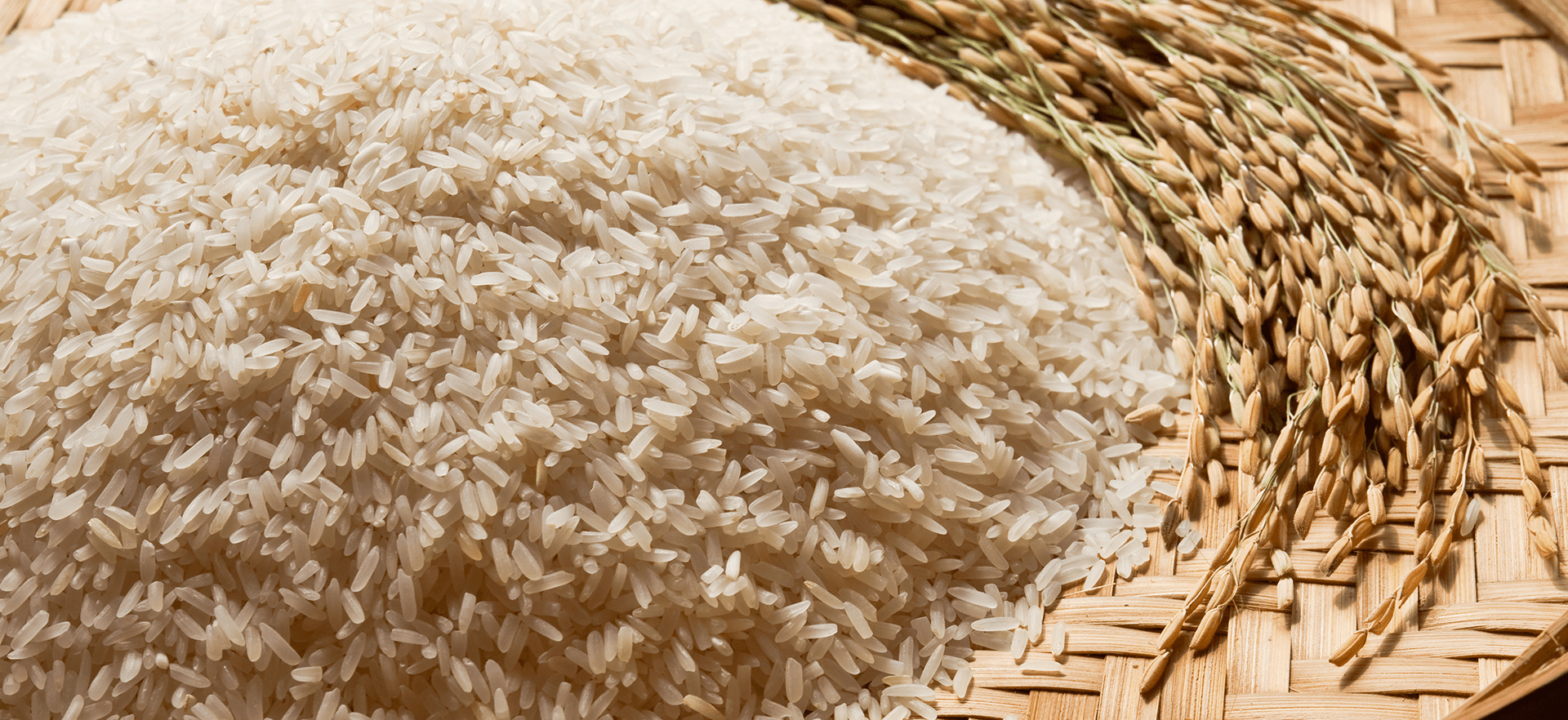What is Rice? Different people might have different opinions on it. Some would say that ‘it’s their favourite food. Some would answer that ‘it’s the staple food of more than half of the world’s population.’ Some might even say that they can’t imagine their world without it, and some of them might say ‘who cares.’ But, the truth is that rice is not just another grain; it’s an essential thing on this planet, which is not only shaping the societies but also feeding people across the world.
Every single thing on this earth has a story, and rice is not an alien to it. According to history and some archaeological pieces of evidence, rice originated in China around some 8200- 13500 years ago and then slowly, from East Asia, it made its way to the south-east and South Asia. Then gradually, it made a mark in other nations, and now humanity is being fed on this super grain.
‘Rice’ has been embraced all around the world throughout centuries. In the modern era also, the story is no different. Its share on the platter has increased with time, and it managed to become an integral part of our lives. According to the reports, rice dominates the overall crop production globally with more than 700 million metric tons of annual production. It is the 3rd largest produced agricultural commodity in the world and one of the widely consumed staple foods. If we throw some light on the production of rice last year, China and India can be seen as clear winners as both the nations topped the chart in terms of production worldwide.
As we all know that India is the largest exporter of rice in the world. According to a global report, being one of the front-runners in terms of export, India accounts for around 24% of the rice export globally. In addition to it, when it comes to the export of basmati rice, India has always ruled the chart in comparison to other nations. India exports different varieties of rice to countries like Saudi Arabia, Australia, Bangladesh, Germany, France, United Kingdom, Korea, Sri-Lanka, Maldives, Mauritius, Malaysia UAE, Nepal, and Iraq, etc. A recent report clearly shows that rice production in India is growing in terms of capacity and we are strongly making footholds around the world. This year the estimated capacity is at 115.6 million tons, which is much higher than the production in previous years.
White rice
It is the most commonly used rice variety whose husk, bran, and germ get removed. It gives it a distinct appearance, flavour and texture. It also helps prevent the spoilage along with extending its storage life.
Brown rice
This is whole-grain rice whose outer hull is removed. It retains the bran and the layers which are known as germ layers. It provides it a distinctiveness, the tan colour. The brown rice layers are rich in minerals and vitamins.
Basmati rice
It is a long, aromatic and slender rice variety, which is widely popular in Indian cuisine for creating dishes like Biryani and Kheer. Its high calorific value makes it a great source of carbohydrates, vitamins, and minerals.
Red rice
This rice has become popular in the last few years. It gets the red colour due to the presence of anthocyanin antioxidants. This variant of rice with the red husk is loaded with nutrients and can be consumed un-hulled or partially hulled.
Parboiled rice
This is a kind of rice that has been boiled in the husk. It is also known as converted rice or easy-cook rice. Three basic steps are involved in parboiling; soaking, steaming, and drying.
Sticky rice
It has high starch content that results in a sticky and glue-like texture. Sticky rice is used for cooking sweet dishes and desserts.
Wild rice
It is one of the most expensive rice varieties that grow around wetlands, lakes, bays and rivers. This rice is a high source of protein with a delightful toastie flavour.
Black rice
This is also known as the emperor’s rice and is rarely found. It is nutrient-rich and widely used in Asian cuisine.
Jasmine rice
As the name suggests, it consists of a jasmine floral aroma. This is a long-grain rice type with a slightly sticky texture.
Arborio rice
Broader in size, this grain has a white dot at the centre. Also, it has high starch content due to which it forms a creamy texture when cooked.
Rosematta rice
This medium sized grain has a reddish appearance. It is known for its natural nutrients. It has a distinct earthy flavour which makes it perfect for a variety of foods; especially, the non-vegetarians see it as bliss.
Rice is consumed as food and also for various other purposes. Its bran is used for oil, and the oil is used for making cosmetics and soaps. The rice hull is used for fuel, fertilisers, and many other things. The rice straw is useful in making paper etc.
In many countries, it is also used in beverages as well. Moreover, it is used for feeding domestic animals.


















